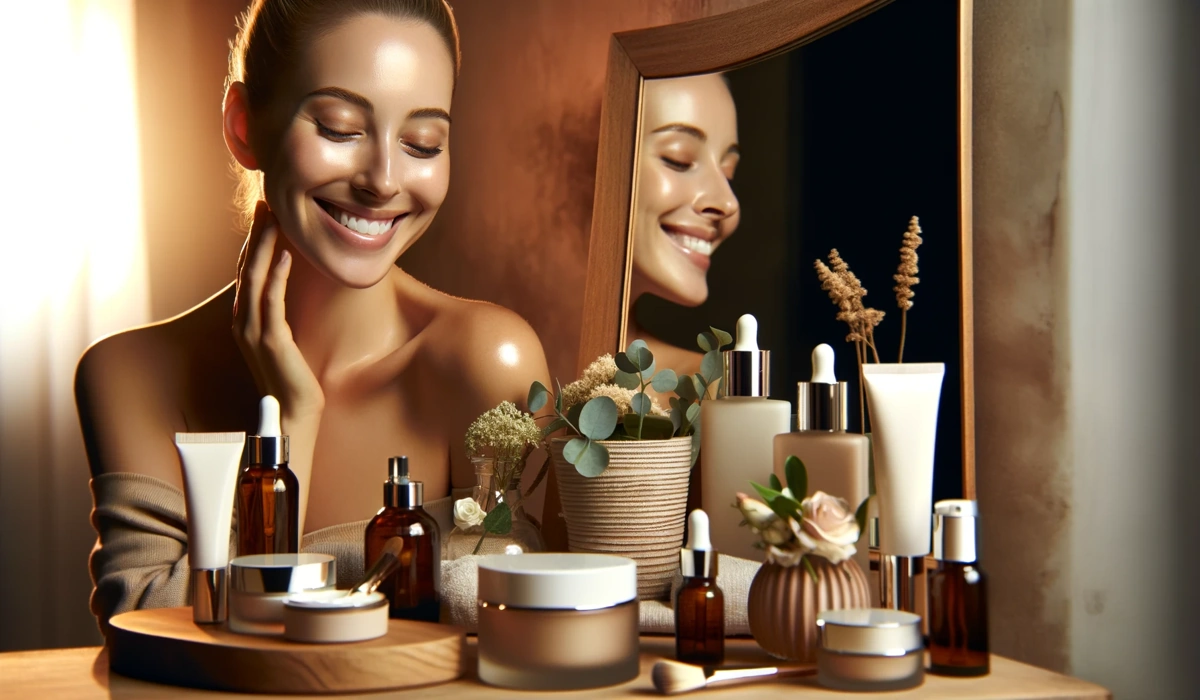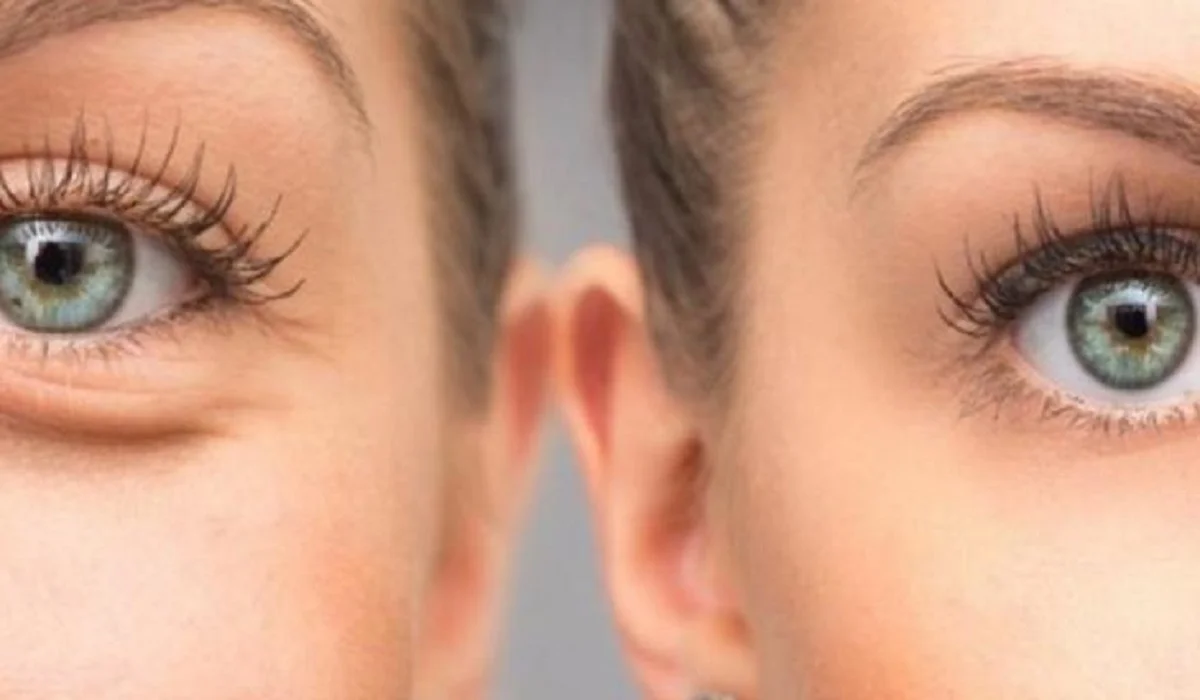Embarking on a journey through the world of makeup, bronzer emerges as a pivotal element, revered for its ability to bestow a radiant, sun-kissed allure upon one’s complexion. What is this enigmatic product known as bronzer, and how might one wield it to ascend to new heights in makeup artistry? This detailed exploration will illuminate the essence of bronzer, from its foundational principles to sophisticated techniques for cultivating the quintessential bronzed visage.

Demystifying Bronzer
At its core, bronzer is a cosmetic marvel crafted to imbue the skin with a warm, tan semblance, an homage to the natural luminescence bestowed by the sun. Its lineage can be traced to the annals of antiquity, where diverse materials were harnessed to emulate the vibrant tone of sun-kissed skin, a symbol of vigor and vitality.
Exploring Bronzer Varieties
The realm of bronzer is rich with diversity, offering a spectrum of formulations to cater to every inclination and skin type:
- Powder Bronzers: Ideal for those with oily to combination skin, they promise an effortless application and a matte veneer.
- Cream Bronzers: Bestow upon dry skin a luminous, dewy facade.
- Liquid Bronzers: Esteemed for their featherlight texture, perfect for a subtle luminosity.
- Gel Bronzers: Masters of a translucent, genuine effect, embracing all skin varieties.
Mastering the Art of Bronzer Selection
The pursuit of the impeccable bronzer shade is paramount for a genuine appearance:
- Fair Skin: A honey-hued bronzer will illuminate subtly.
- Medium Skin: Embrace golden or rose-gold nuances.
- Dark Skin: A rich, bronze tone will infuse warmth and depth magnificently.
The Craft of Bronzer Application
The key to a flawless, authentic glow lies in the precision of bronzer application. Arm yourself with the appropriate instruments, such as a voluminous, fluffy brush for powders or a stippling brush for creams and liquids. Adhere to a meticulous guide to guarantee uniform distribution, accentuating areas kissed by the sun, including the forehead, cheeks, and jawline.
Distinguishing Bronzer from Contour
Though bronzer and contour both sculpt the visage, their missions diverge. Bronzer is the harbinger of warmth and a radiant finish, whereas contour sculpts shadows to define features. Mastery of each’s application significantly elevates one’s makeup repertoire.
Bronzer: A Versatile Enhancer
Bronzer transcends mere cosmetic utility, enriching both diurnal and nocturnal aesthetics with dimension and warmth. Its versatility allows for solitary use, yielding a natural, glowing finish, or as a component of an elaborate makeup strategy for enhanced depth and delineation.

Refining Bronzer Techniques
The artistry of bronzer application lies in honing blending skills and understanding strategic highlighting. Aim for upward blending to create a lifting illusion and apply bronzer incrementally to cultivate color depth progressively.
Insider Strategies for Bronzer Excellence
Selecting an apt brush and formulation tailored to your skin’s needs and the desired outcome is transformative. Moreover, adapting your bronzer technique to accommodate various lighting conditions ensures your makeup’s optimal appearance universally.
Tailoring Bronzer to Skin Types
Bronzer’s efficacy is not universal; it demands consideration of one’s skin type. Powder bronzers mitigate shine for oily complexions, whereas cream bronzers imbue dry skin with moisture. For combination skin, a hybrid approach, alternating formulas as necessary, is advantageous.
Celebrated Bronzer Selections
The market offers bronzers for every budget and preference, from luxurious high-end brands to accessible drugstore options, including sustainable alternatives for the eco-conscious.
Navigating Common Bronzer Pitfalls
To avert frequent errors such as excessive glitter, inappropriate shade selection, or over-application, it is crucial to select and apply bronzer judiciously.
Bronzer’s Role in Professional Makeup Artistry
In professional realms, bronzer plays a strategic role in crafting specific looks for photographic or stage purposes, employing advanced techniques to ensure durability and a photogenic sheen.
Seasonal Adaptations of Bronzer
Bronzer is not confined to summer; it offers a year-round avenue for infusing your complexion with warmth and radiance. While seasonal trends evolve, the essence of bronzer as a medium for enhancing natural beauty remains constant.
Crafting Custom Bronzer Blends
For aficionados of customization, DIY bronzer recipes offer a pathway to tailor bronzer perfectly to one’s skin tone using natural ingredients.
Bronzer and Dermatological Health
Opting for non-comedogenic and SPF-infused bronzers safeguards the skin from breakouts and sun exposure, ensuring your beauty regimen is as beneficial as it is aesthetically pleasing.
Bronzer’s Evolution within Beauty Trends
As the beauty landscape evolves, so too do bronzer formulations and packaging, with a heightened focus on innovation, sustainability, and inclusivity.
Bronzer transcends its identity as a mere makeup product, emerging as an indispensable tool for amplifying natural beauty, instilling dimension, and warmth into one’s complexion. Whether you are a bronzer novice or seeking to refine your application prowess, this guide offers comprehensive insights for attaining a luminous, sun-kissed appearance.
- Selecting the Ideal Bronzer Shade: Choose a bronzer one to two shades darker than your natural complexion, taking your skin’s undertone into account for the most authentic match.
- Bronzer on the Body: Bronzer can be applied to the body, enhancing the tan on shoulders, collarbones, and legs with a subtle radiance.
- Bronzer Reapplication Frequency: While bronzer generally endures the day, touch-ups may be necessary for those with oily skin or in humid climates.
- Bronzer’s Universality: With the appropriate formula and application method, bronzer is compatible with all skin types, from oily to dry.
- Bronzer Without Foundation: Bronzer can be applied directly to bare skin for a natural, radiant look or atop foundation for additional warmth and dimension.
- Prolonging Bronzer Durability: Apply a primer beforehand and set your makeup with a setting spray or powder to ensure your bronzer remains impeccable throughout the day.








